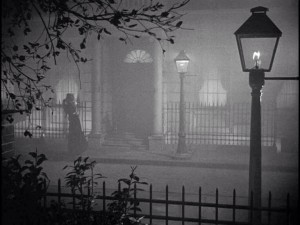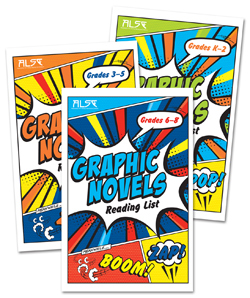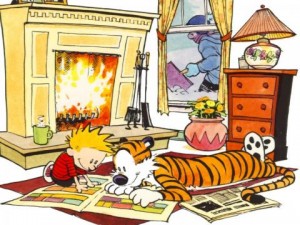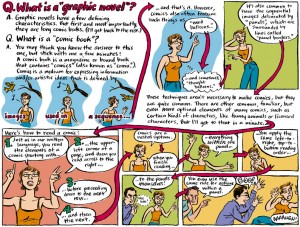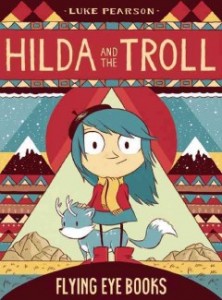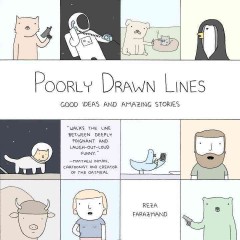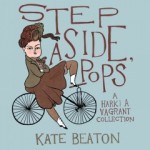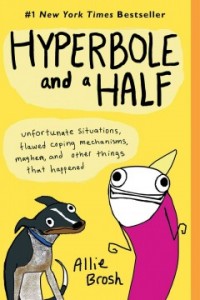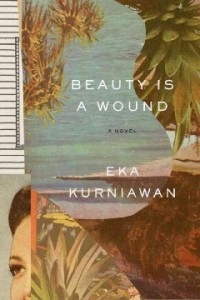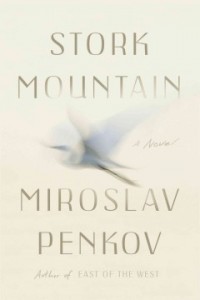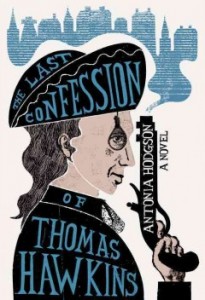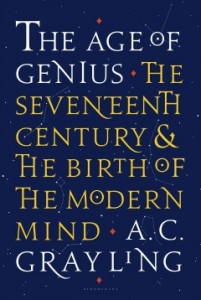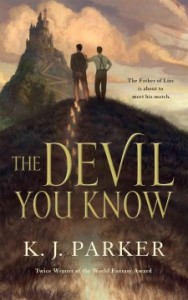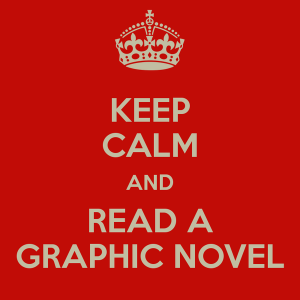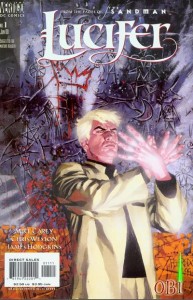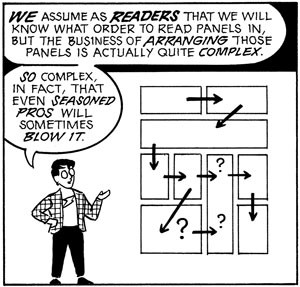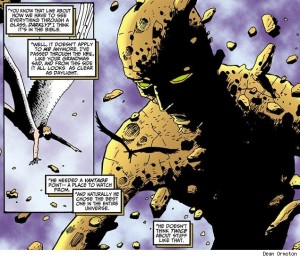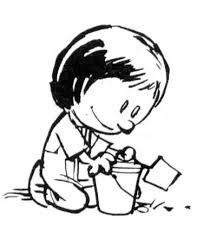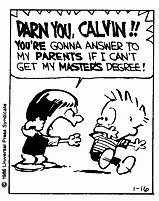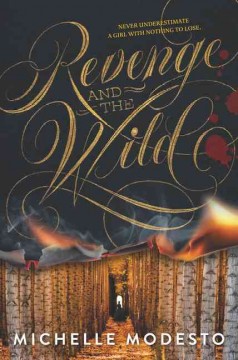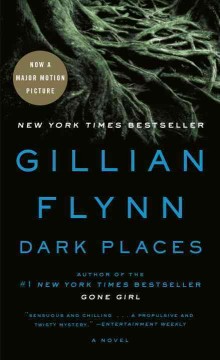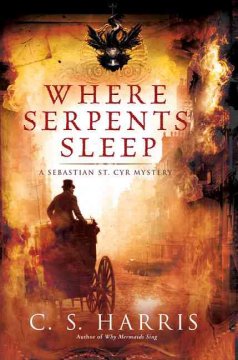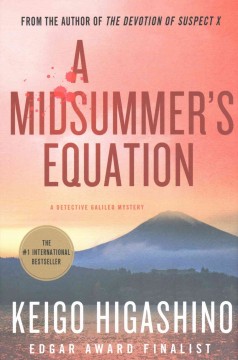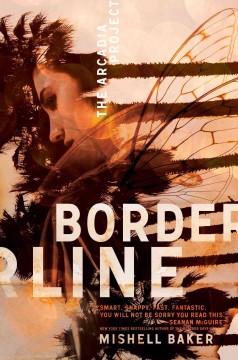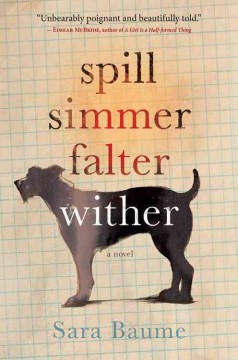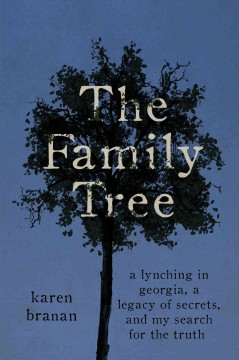If you haven’t been able to tell as yet, we here at the Free For All really enjoy talking about books–books in general, books we love, books we really need to read soon, and books that should exist, but don’t…yet. And while this blog provides a beautiful outlet for those discussions, stories, and experiences, those discussions also spill over into Real Life.
Some time ago now, Lady Pole and I were talking about our love of books with historical settings that feature magic, magicians, and usually, a fair bit of mayhem. And I wished out loud that there was a name for that category of books, so that they would be easier to find, and thus, to devour.
“There is!” Exclaimed Lady Pole, in all her bookish wisdom. “It’s called Gaslamp Fantasy!”
And then I got so excited I fell over.
(Not really…but almost.)
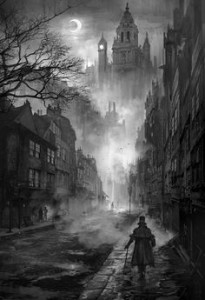 Because it turns out, Gaslamp Fantasy is a thing. And it is a beautiful thing, indeed. According to the experts at the New York Public Library, Gaslamp Fantasy is an offshoot of the Steampunk Genre. However, Steampunk deals with an alternative 19th century where steam (rather than coal) grew to be the dominant form of energy, resulting in a new world of science and gadgetry. Gaslamp, instead, deals with an alternative 19th century that thrives on magic, and is controlled by magicians. These stories can be set anywhere from the Regency Era (broadly speaking, about 1795) to the outbreak of the First World War, and can feature any and all kinds of magic spells, fantastic familiars, and fairy or elfin intervention, and can take on the trappings of any other historic novel; gaslamp can be comedic, tragic, gothic, epic–in terms of plot, they are limited only by the authors’ imagination.
Because it turns out, Gaslamp Fantasy is a thing. And it is a beautiful thing, indeed. According to the experts at the New York Public Library, Gaslamp Fantasy is an offshoot of the Steampunk Genre. However, Steampunk deals with an alternative 19th century where steam (rather than coal) grew to be the dominant form of energy, resulting in a new world of science and gadgetry. Gaslamp, instead, deals with an alternative 19th century that thrives on magic, and is controlled by magicians. These stories can be set anywhere from the Regency Era (broadly speaking, about 1795) to the outbreak of the First World War, and can feature any and all kinds of magic spells, fantastic familiars, and fairy or elfin intervention, and can take on the trappings of any other historic novel; gaslamp can be comedic, tragic, gothic, epic–in terms of plot, they are limited only by the authors’ imagination.
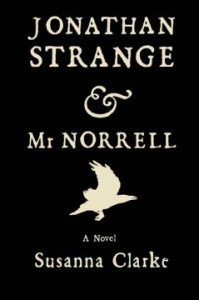 Perhaps the most well-known example of this genre is the Free For All Favorite Jonathan Strange and Mr. Norrell, which features two “practical magicians” during the Napoleonic Wars, who begin by working to save England from the French, and end battling each other over the fate of English magic. In addition to the spellbinding narrative and the so-real-you-miss-them-when-they’re-gone characters, what makes this book such a joy to read is the seamless blend of fantasy and reality–the very real fears in England of the potential of a French invasion are appeased by a massive fleet of ships conjured from the rain. Mirrors (a fairly new invention at the time) can serve as a gateway to a host of other realms, just as easily as they can be used as a reflective surface.
Perhaps the most well-known example of this genre is the Free For All Favorite Jonathan Strange and Mr. Norrell, which features two “practical magicians” during the Napoleonic Wars, who begin by working to save England from the French, and end battling each other over the fate of English magic. In addition to the spellbinding narrative and the so-real-you-miss-them-when-they’re-gone characters, what makes this book such a joy to read is the seamless blend of fantasy and reality–the very real fears in England of the potential of a French invasion are appeased by a massive fleet of ships conjured from the rain. Mirrors (a fairly new invention at the time) can serve as a gateway to a host of other realms, just as easily as they can be used as a reflective surface.
And therein lies the real magic of Jonathan Strange and Mr. Norrell, and gaslamp fantasy in general, particularly for those of us who believe that ghosts and fairies and elves are real. They give us the chance to visit a world where such things are present and visible, and teach us how to see the wonderful and the magical in our own world, as well. So feel free to come into the library and discover Gaslamp Fantasy along with us–I promise, it will be an adventure you won’t soon forget!
For those interested in Gaslamp Fantasy, check out the following selections:
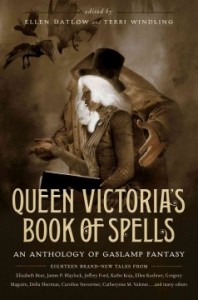 Queen Victoria’s Book of Spells: A literal smorgasbord of gaslamp fiction, this collection features some of the master of the genre, from Gregory Maguire and Leanna Renee Hieber to Catherynne M. Valente and Genevieve Valentine. As Lady Pole has mentioned short stories are quite the under-appreciated art form, and this book offers some of the best in gaslamp fiction, and really showcases the range of styles and genres that nestle within that broader title. Even better, you can use these stories to discover what aspects of gaslamp fiction you like best, and use them to help you find more books on our shelves (and we are more than happy to help you find more books, no matter what genre!)
Queen Victoria’s Book of Spells: A literal smorgasbord of gaslamp fiction, this collection features some of the master of the genre, from Gregory Maguire and Leanna Renee Hieber to Catherynne M. Valente and Genevieve Valentine. As Lady Pole has mentioned short stories are quite the under-appreciated art form, and this book offers some of the best in gaslamp fiction, and really showcases the range of styles and genres that nestle within that broader title. Even better, you can use these stories to discover what aspects of gaslamp fiction you like best, and use them to help you find more books on our shelves (and we are more than happy to help you find more books, no matter what genre!)
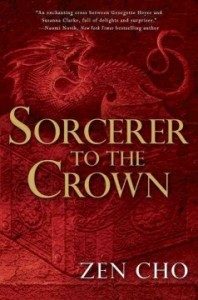 Sorcerer to the Crown: This is a sensational read on its own, but for those of you who also adored Jonathan Strange and Mr. Norrell, this book is a perfect follow-up. Zen Cho set her novel in a world very similar to that of Susanna Clarke’s–English magic is a unique form of magic that helps secure England’s pre-eminence in the world. But in this novel, English magic is inexplicably fading away. The task of restoring English magic falls to Zacharias Wythe, Sorcerer Royal of the Unnatural Philosophers, a man who was born a slave, and now finds himself at the pinnacle of his position, with plenty of rivals eager for his fall from grace. His companion is the wonderfully complex and powerful Prunella Gentleman, herself an outsider in a society that values neither non-English people, and magical women especially. But Prunella may hold the key to restoring English magic–if she and Wythe can navigate the trials of Fairyland and English society. Not only is Cho’s story immediately arresting and consistently intriguing, but she also takes on issues of gender, class, and privilege with grace, wit, and a good deal of insight that make this book a rare treat for any genre.
Sorcerer to the Crown: This is a sensational read on its own, but for those of you who also adored Jonathan Strange and Mr. Norrell, this book is a perfect follow-up. Zen Cho set her novel in a world very similar to that of Susanna Clarke’s–English magic is a unique form of magic that helps secure England’s pre-eminence in the world. But in this novel, English magic is inexplicably fading away. The task of restoring English magic falls to Zacharias Wythe, Sorcerer Royal of the Unnatural Philosophers, a man who was born a slave, and now finds himself at the pinnacle of his position, with plenty of rivals eager for his fall from grace. His companion is the wonderfully complex and powerful Prunella Gentleman, herself an outsider in a society that values neither non-English people, and magical women especially. But Prunella may hold the key to restoring English magic–if she and Wythe can navigate the trials of Fairyland and English society. Not only is Cho’s story immediately arresting and consistently intriguing, but she also takes on issues of gender, class, and privilege with grace, wit, and a good deal of insight that make this book a rare treat for any genre.
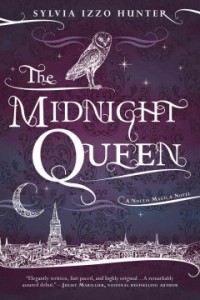 The Midnight Queen: Sylvia Izzo Hunter’s tales of magic and true love center around the aptly named Merlin College, Oxford, where the noblest and most talented magicians in Britain learn their craft. When a disastrous student prank lands the talented Gray Marshall in disgrace, he is ordered to spend the summer under the watchful eye of his professor, Appius Callender–and there meets Callender’s sheltered, but wonderfully wise daughter, Sophie. Their meeting, and subsequent relationship sets off a series of events that will change them both for the better–and may have enormous implications on the state of British magic for good. Like Cho, Hunter presents a heroine who has been prevented from realizing her true powers, and finds a way to set her free. For those looking for a bit of romance with their gaslamp fantasy, Sophie’s relationship with the charming and introverted Gray is just delightful.
The Midnight Queen: Sylvia Izzo Hunter’s tales of magic and true love center around the aptly named Merlin College, Oxford, where the noblest and most talented magicians in Britain learn their craft. When a disastrous student prank lands the talented Gray Marshall in disgrace, he is ordered to spend the summer under the watchful eye of his professor, Appius Callender–and there meets Callender’s sheltered, but wonderfully wise daughter, Sophie. Their meeting, and subsequent relationship sets off a series of events that will change them both for the better–and may have enormous implications on the state of British magic for good. Like Cho, Hunter presents a heroine who has been prevented from realizing her true powers, and finds a way to set her free. For those looking for a bit of romance with their gaslamp fantasy, Sophie’s relationship with the charming and introverted Gray is just delightful.

